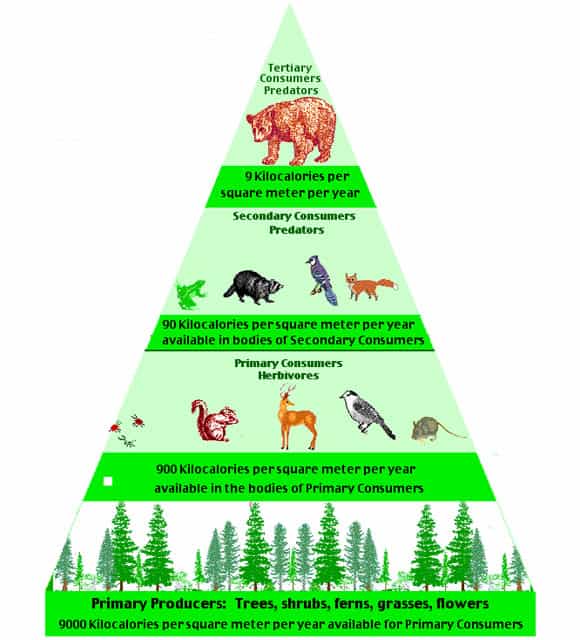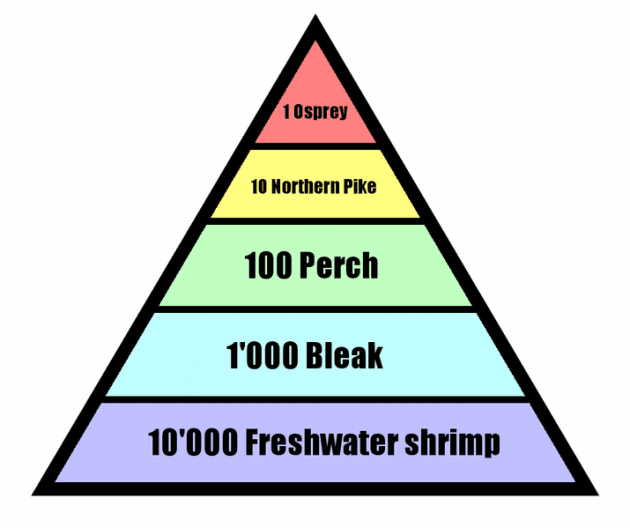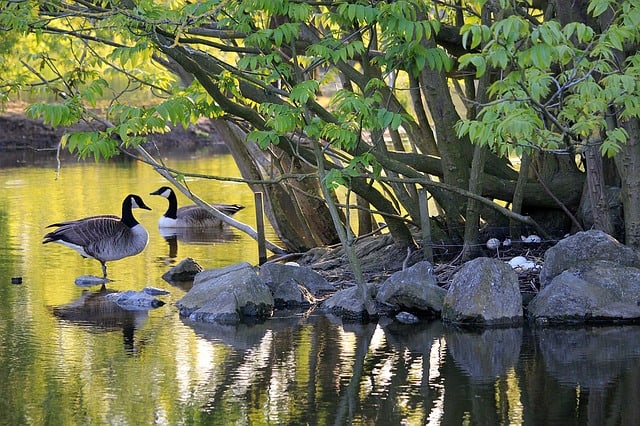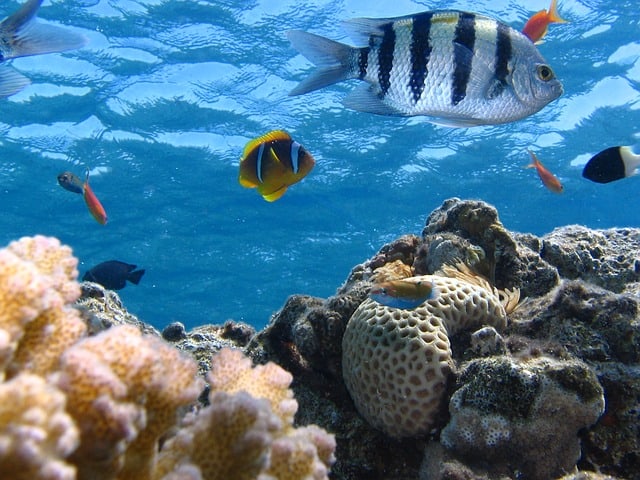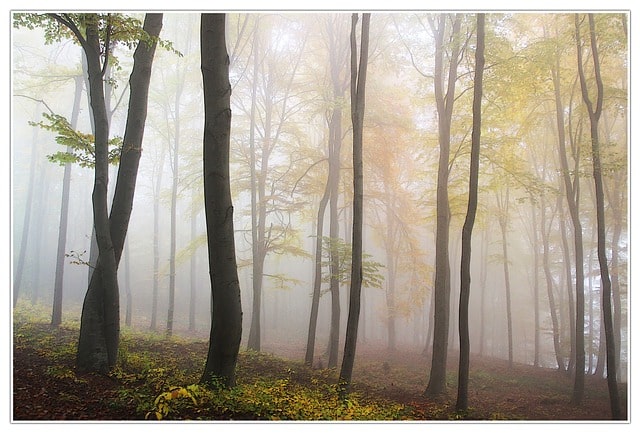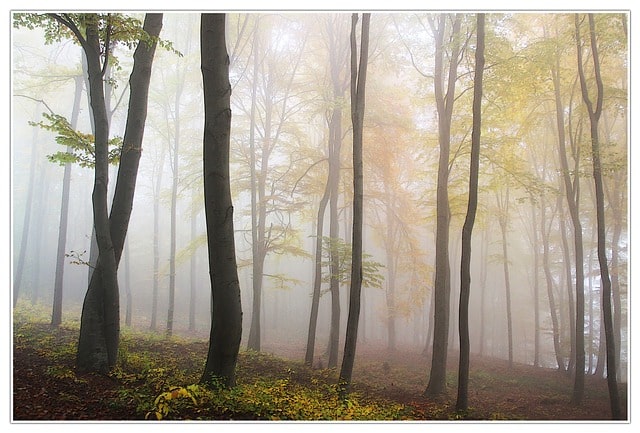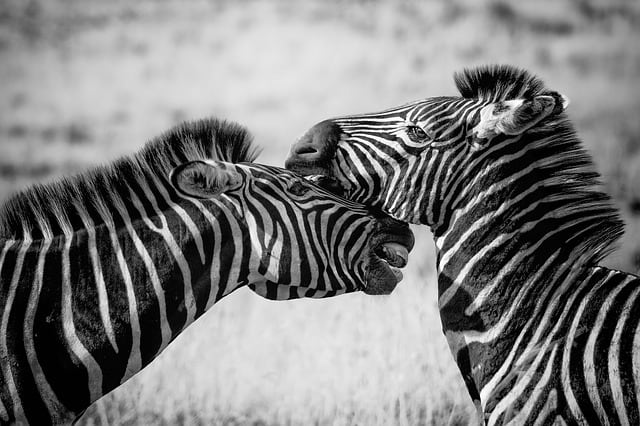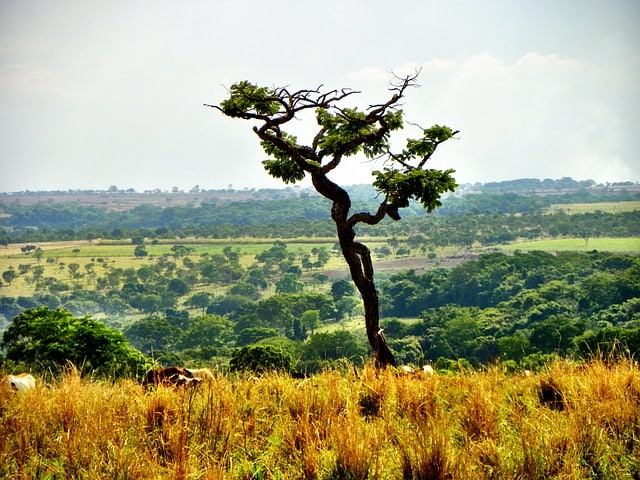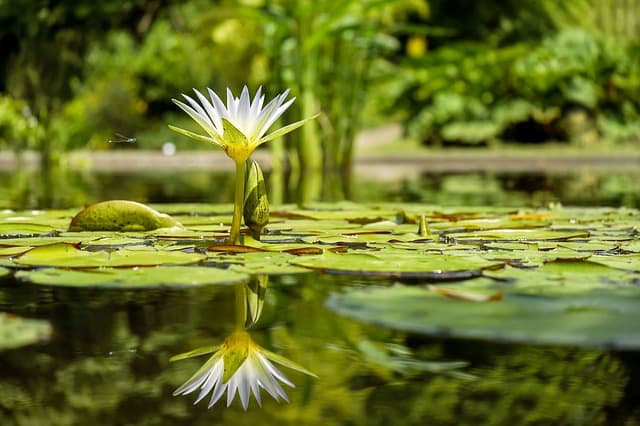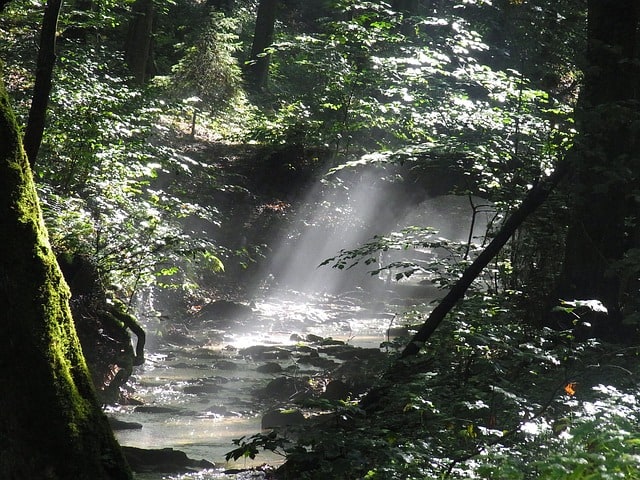Pyramid of Biomass: Definition and Examples
A pyramid of biomass is a graphical representation of biomass present in a unit area of various trophic levels. It shows the relationship between biomass and trophic level quantifying the biomass available in each trophic level of an energy community at a given time. There are two main types of biomass pyramid – inverted pyramid…

